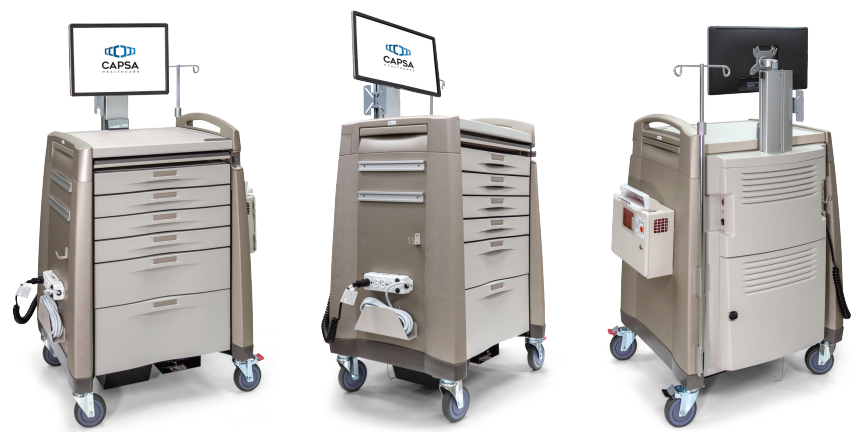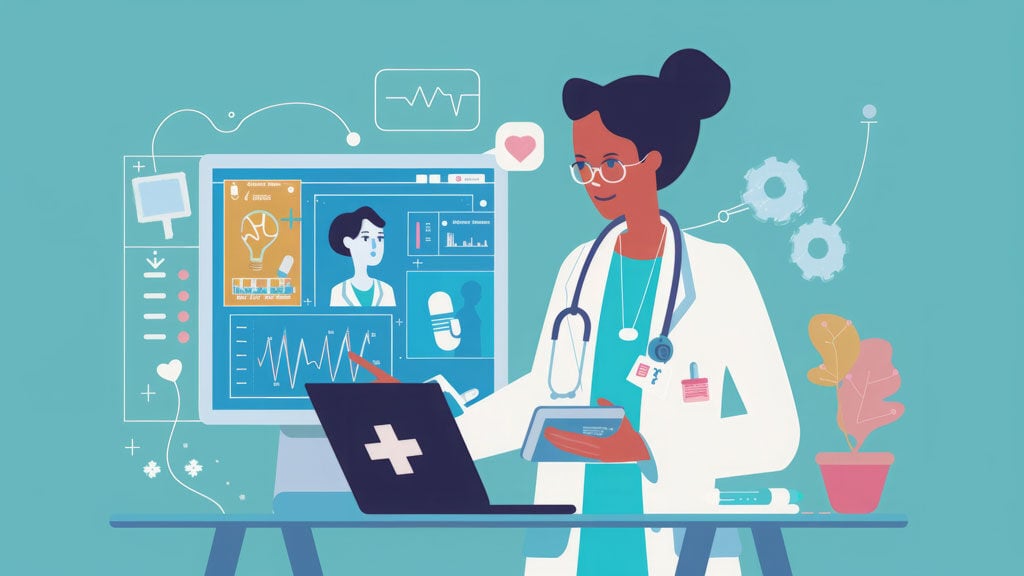The Mobile Bedside Sedation Story
Bedside sedation is not new to the healthcare industry. Nor are the medical carts they use. Recently, when the technology management team and anesthesia team of a leading academic medical center evaluated their bedside sedation carts for a pending EMR go-live, they quickly found their existing medical carts were due for more than an Overhaulin’. Unlike the popular show that transforms cars well past their ‘glory days’, these carts were destined for the cart graveyard. They would require more than new bolt-on accessories, trim and fresh paint to integrate technology, and enhance workflow.
The anesthesia team traverses the entire campus, enough daily to satisfy anyone’s Fitbit, so adding additional equipment increased concern for ergonomic considerations. In addition, the laptop on their existing cart encumbered the anesthesia team’s work space and the existing cart did not support a monitor for EMR charting. Add in the congestion found at the patient’s bedside and you have a situation ripe for inefficient work arounds and potential errors.

To summarize, the anesthesia team was looking for one, self-supporting cart to serve the role of three carts (a medical cart, a point-of-care cart and an equipment roll stand) and have enough power to operate a computer and 24” monitor for a particular amount of time. The team was not successful in finding a fully-integrated cart and to design a custom solution meant an enormously lengthy process that could be cost-prohibitive. That is, until they approached Innovative Medical Systems (IMS). Because of their experience in doing business with IMS , they knew that if such a cart was possible, IMS would be their best partner.
Because of IMS's previous work on a host of endoscopy carts, IMS knew Capsa had a model that included a power system and would be the platform to build upon. It would, however, require a partnership effort between Capsa, IMS and the academic medical center to integrate all the necessary equipment; vital signs monitor/mount, telemetry device and a suction apparatus. And the cart still needed to satisfy clinical work flows, and not compromise stability or UL codes related to power.
- IMS and Capsa adapted the vital signs monitor and several other accommodations.
- The suction apparatus (canister and regulator) was mounted on the cart with Capsa’s universal accessory mount, an aluminum adapter bracket fashioned by the medical center’s biomed team for their proprietary suction canister and regulator.
- The keyless locking, keyboard/mouse drawer, narcotics storage, telemetry mount and other accessories were standard, easy.
Before long, the team had a high level of confidence to advance everything to ‘proof of concept’. Review the final production cart and how we may help you with your tech-integrated cart applications.


